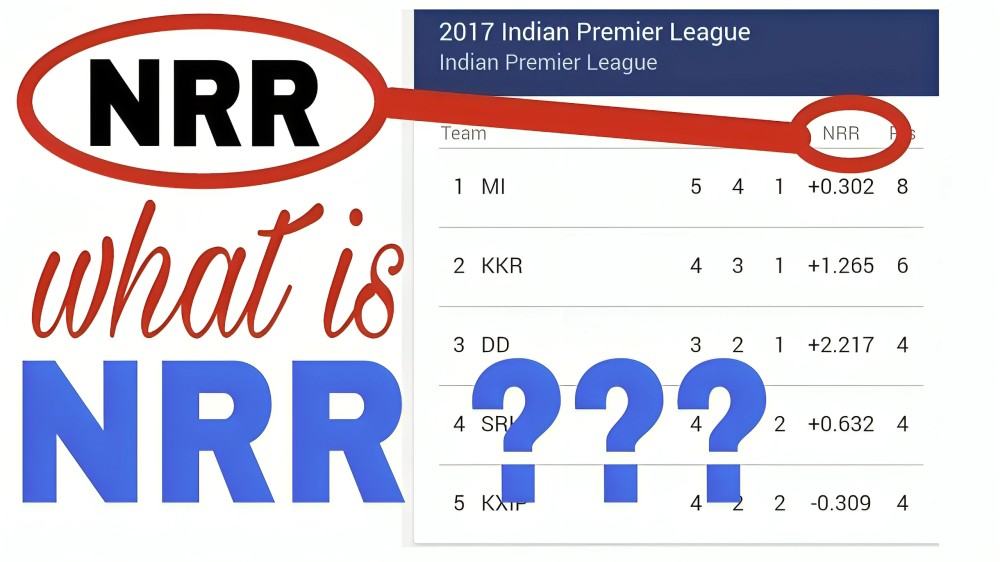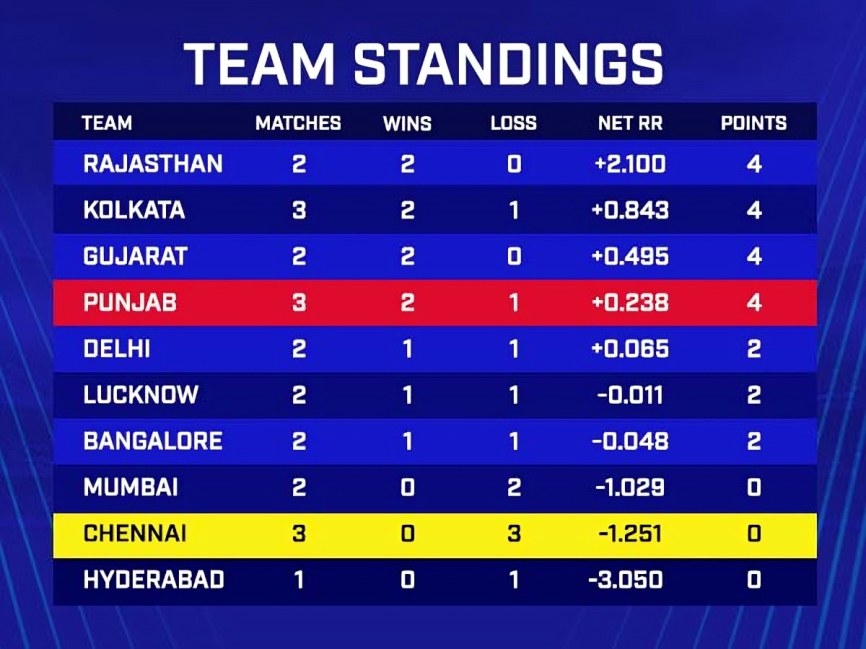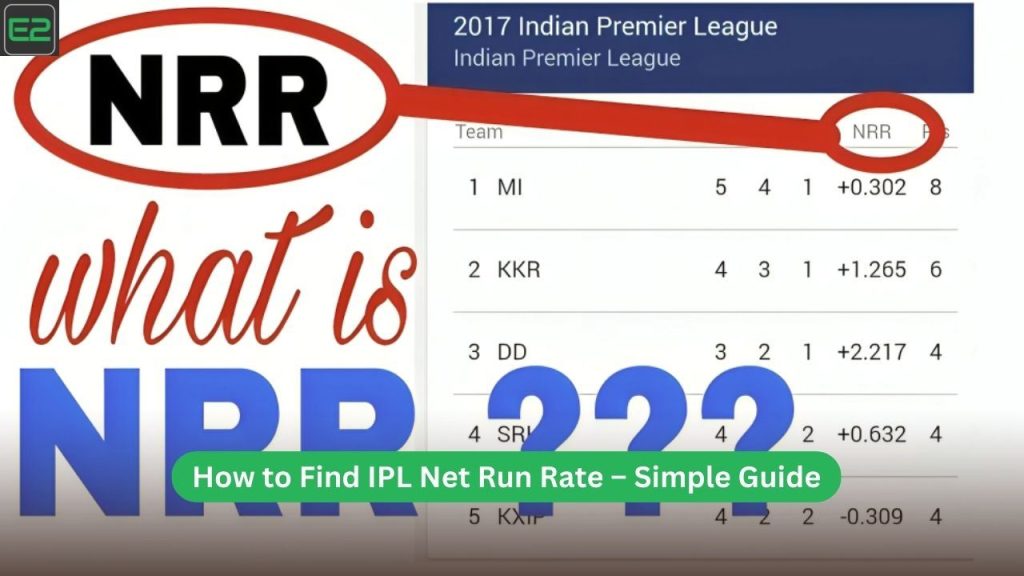The Indian Premier League (IPL) is one of the most exciting cricket tournaments in the world. Fans love watching their favorite teams compete, but understanding how the rankings work can be tricky. One of the most important factors in IPL standings is the Net Run Rate (NRR). It helps determine which teams move ahead, especially when teams have the same points.
In this article, we’ll explain what the IPL Net Run Rate is, why it’s important, and how you can calculate it quickly and easily.
What is the Net Run Rate (NRR)?

Net Run Rate (NRR) is a key statistic in cricket that reflects how well a team has performed in terms of scoring and limiting runs. In IPL, it helps rank teams when they have the same number of points.
To put it simply, if a team scores more runs per over than its opponents across all matches, it will have a positive NRR. On the other hand, if a team scores fewer runs per over than its opponents, the NRR will be negative.
Also Read: Virat Kohli’s IPL Salary: How Much He Earns Each Season
Formula to calculate NRR:

NRR= (Total Run Scored / Total Over Faced )-(Total Runs Conceded/ Total Over Bowled)
Why is NRR Important in IPL?

NRR becomes important in the league stage of the IPL, where teams compete to enter the playoffs. Often, multiple teams end up with the same points at the end of the group matches. In such cases, the NRR is used as a tiebreaker to determine which team ranks higher.
A better NRR means the team has consistently performed well, both in terms of scoring runs and limiting the opponent’s score.
How to Quickly Calculate IPL Net Run Rate?

You don’t need to be a mathematician to calculate the IPL NRR. With this simple step-by-step guide, you’ll be able to find out the NRR of any team:
Step 1: Gather the Data
- Total Runs Scored by the Team: Add up all the runs your team has scored across all matches.
- Total Runs Conceded: Add up the runs scored by all the opponents against your team.
- Total Overs Faced: Sum the overs your team has batted in all matches.
- Total Overs Bowled: Sum the overs your team has bowled in all matches.
Step 2: Use the Formula
Now, use the formula mentioned earlier to find the NRR. Subtract the runs conceded per over from the runs scored per over.
Step 3: Interpret the Result
- Positive NRR: A positive result means your team has outperformed its opponents by scoring faster and restricting runs.
- Negative NRR: A negative result means your team has been outscored by the opponents.
Also Read: Which League is Better IPL or PSL: Expert Review
Tips to Understand NRR Quickly

- Consistency Matters: The NRR reflects how consistently a team scores and defends. A single bad match can bring down the NRR significantly, while a great performance can boost it.
- Overtime Impact: If a team wins by chasing quickly, it improves the NRR. Similarly, bowling out opponents early without giving away too many runs also helps.
- Keep an Eye on Close Matches: If teams finish the season with similar points, every run and over can impact the final standings. This is where NRR becomes very critical.













